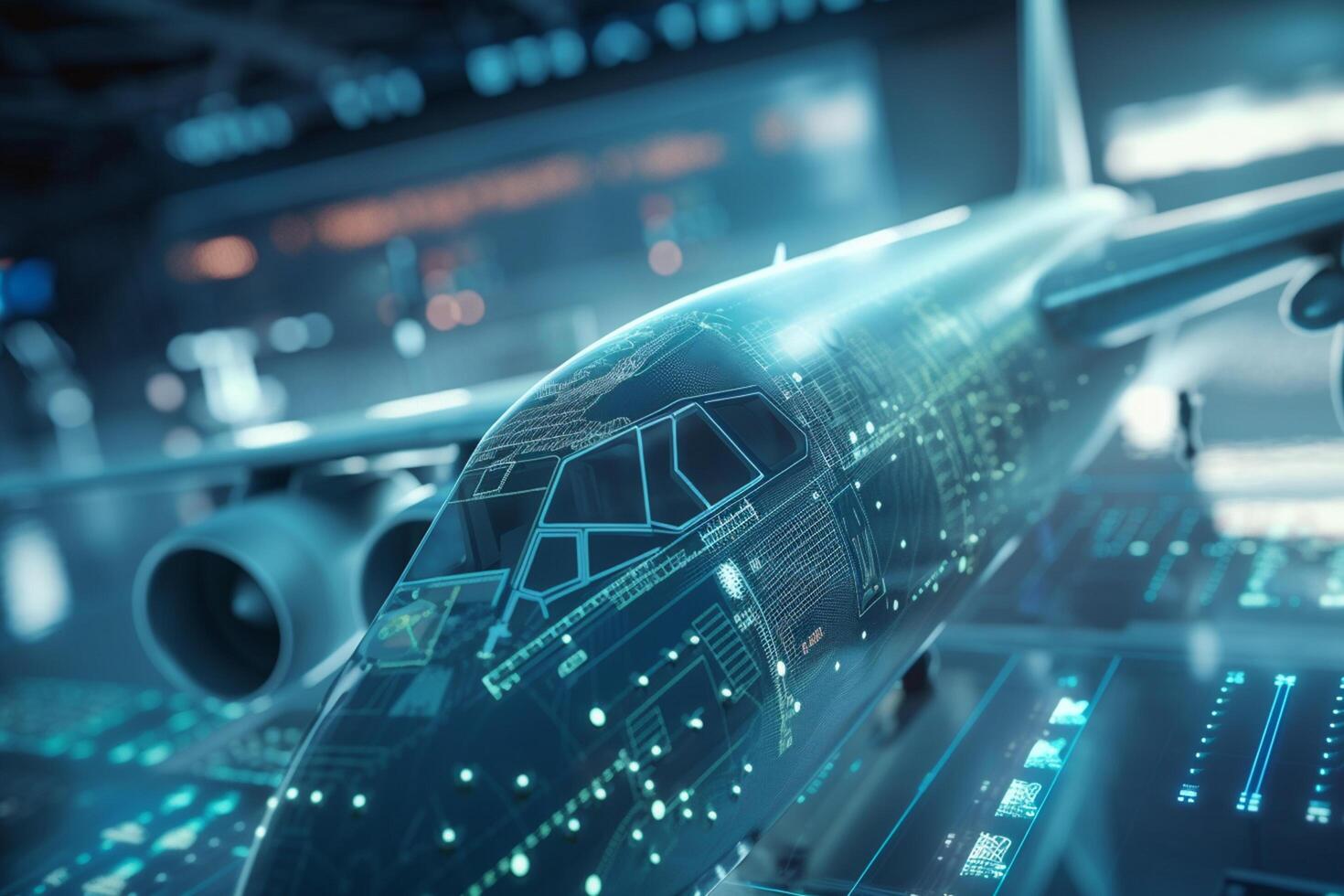The integration of AI in autonomous emergency landings represents a significant advancement in aviation safety. With artificial intelligence at the forefront, aircraft can now handle emergency situations with greater precision and reliability. This development is not just a technological achievement but a giant leap towards ensuring passenger safety.

The Role of AI in Aviation
AI plays a crucial role in modernizing aviation. It enhances decision-making processes, optimizes flight operations, and provides a robust framework for managing emergencies. By analyzing vast amounts of data, AI systems can predict potential issues and respond swiftly, minimizing risks.
How AI Enhances Safety in Emergency Landings
The application of AI in emergency landings allows for real-time data analysis and decision-making. AI algorithms can evaluate numerous variables, such as weather conditions, aircraft status, and available landing sites, to execute a safe landing. This capability ensures that even in unforeseen circumstances, the aircraft can land safely, protecting both passengers and crew.
Real-Life Applications of AI in Emergency Scenarios
Several airlines have already begun implementing AI technologies to enhance safety protocols. For instance, AI-driven systems are being used to monitor engine performance and alert pilots of any anomalies. In emergency situations, these systems can automatically guide the aircraft to the nearest safe landing site.
The Technology Behind AI in Autonomous Landings
The technology that supports AI in autonomous emergency landings is complex yet fascinating. It involves machine learning algorithms that continuously learn from past data to improve decision-making. These algorithms are integrated with the aircraft’s navigation systems, enabling them to take over in emergencies.
Machine Learning and Predictive Analytics
Machine learning is a key component of the AI systems used in autonomous landings. By processing historical data, these systems can predict potential failures and suggest preventive measures. This predictive capability is invaluable in maintaining aircraft safety.
Sensor Integration and Data Processing
Modern aircraft are equipped with numerous sensors that provide real-time data. AI systems analyze this data to make informed decisions during emergencies. The integration of sensors with AI enhances the aircraft’s ability to assess situations accurately and respond appropriately.
The Future of AI in Aviation Safety
The future of AI in aviation is promising. As technology continues to evolve, we can expect even more sophisticated systems capable of handling complex emergencies. The ongoing research and development in this field aim to create a fully autonomous aviation environment where AI ensures optimal safety.
Challenges and Opportunities
While the use of AI in aviation offers numerous benefits, it also presents challenges. The primary challenge is ensuring the reliability of AI systems. However, continuous advancements in technology provide opportunities for overcoming these challenges, paving the way for safer skies.
Conclusion
The integration of AI in autonomous emergency landings is a groundbreaking development in aviation. It promises a future where aircraft can manage emergencies efficiently, significantly reducing risks. As technology advances, the aviation industry will continue to benefit from the enhanced safety and reliability that AI provides.

FAQs
How does AI improve safety in emergency landings?
AI improves safety by analyzing real-time data to make informed decisions, ensuring a safe landing even in emergencies.
What are the challenges of using AI in aviation?
The main challenges include ensuring the reliability of AI systems and integrating them seamlessly with existing aviation technologies.
What is the future of AI in aviation?
The future of AI in aviation is bright, with advancements focusing on creating fully autonomous systems that enhance safety and efficiency.

